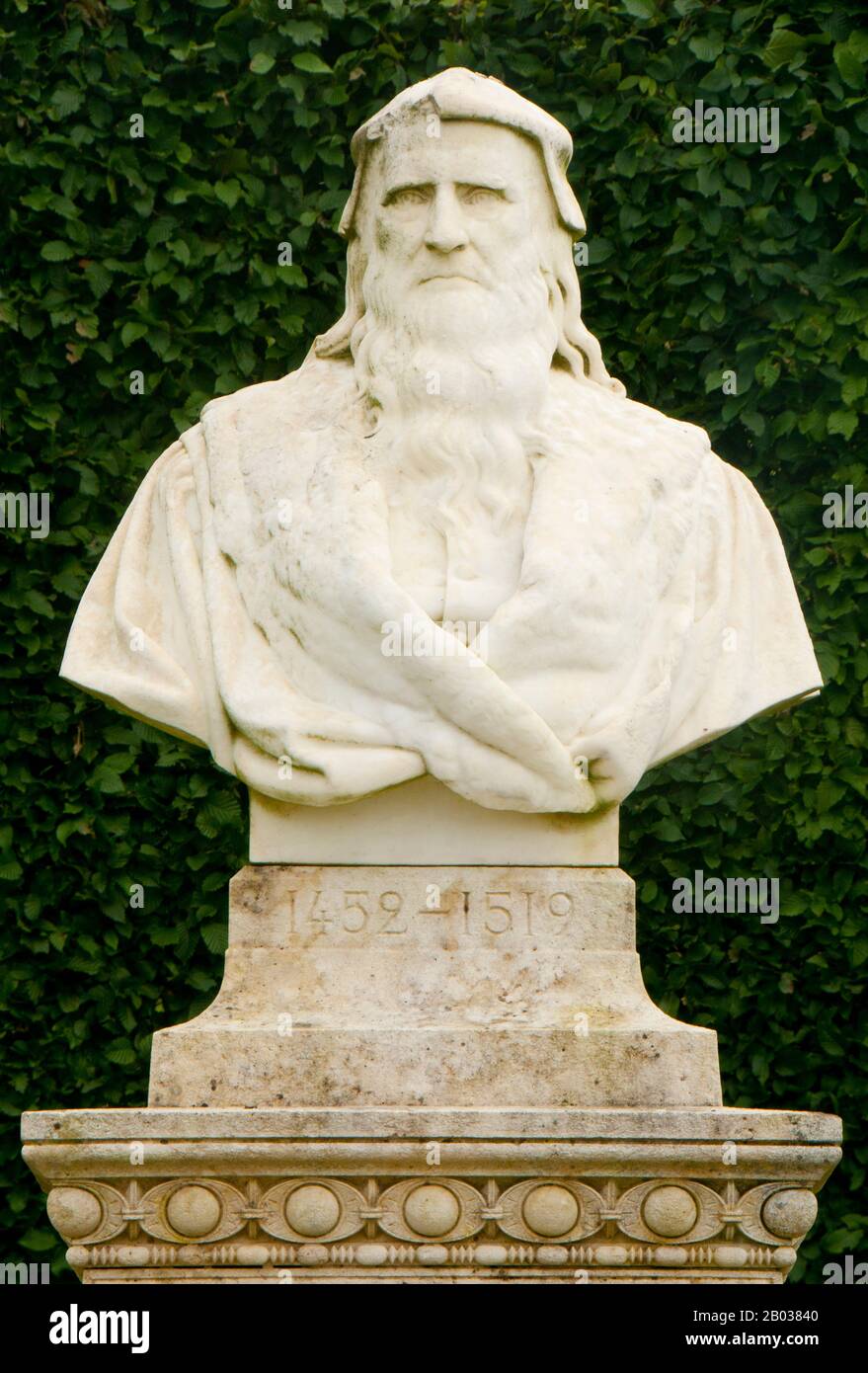

It wasn’t only his curiosities that were astounding but also the superhuman proficiency he developed in them. Leonardo began as a painter but, like his role models, soon began to take interest in other fields of study. As much force is exerted by the object against the air as by the air against the object. “See how the wings, striking against the air, sustain the heavy eagle in the thin air on high. This eventually manifested into what is today known as the Vitruvian Man and influenced his explorations in architecture and painting. Leonardo was particularly drawn to Vitruvius’ belief that “all the arts and all the world’s rules are derived from a well-composed and proportioned human body.” As the young polymath studied the work of his idol, he began to embrace and obsess over the proportions of the human body. As his life progressed, the wartime designer soon began to embrace work in architecture. He served in the Roman army under Caesar, where he specialized in the design and construction of artillery machines. Famous for The Ten Books on Architecture, Vitruvius was a man of many talents. It wasn’t until later in life that da Vinci grew to revere the work of a man named Marcus Vitruvius Pollio.

It goes on, but there is no doubt, Leonardo’s curiosity was rampantly sporadic.
POLYMATH SOFTWARE MAN HOW TO
In his famous notebooks we can see some of his inquisitiveness at play: Get the master of arithmetic to show you how to square a triangle….Get the measurement of the sun promised me by Maestro Giovanni Francese….Ask Giannino the Bombardier about how the tower of Ferrara is walled. Alberti was wildly curious and loved to vigorously question all kinds of people, seeking to learn something authentic from them. He was a multi-disciplinary trailblazer in his own right, tackling painting, engineering, architecture, and writing, among countless other things. There was also Leon Battista Alberti, who came after Brunelleschi. He is quite arguably the anthropomorphic symbol of interdisciplinary practice, which makes it no surprise that the young Leonardo, as an aspiring painter, was influenced by such powerhouses as Filippo Brunelleschi, who initially trained to become a goldsmith but quickly expanded his interests to architecture, mathematics, and painting. After all, it was Leonardo da Vinci himself, who said that everything is connected to everything else. It was strange for the visionaries of this era to think of fields of study as separate and distinct. This was the spirit of the times, the zeitgeist. The culture rewarded those who were able to master and mix different disciplines.

In fourteenth-century Florence at the height of the Italian Renaissance, artisans, painters, architects, and practitioners of many kinds knew one thing. Leonardo da Vinci and The Ancient Polymaths From this, it made sense to me, why many people in architecture live lives of radical curiosity. It appeared to me, in this thought experiment, that architecture inherently requires an interest in peripheral disciplines. I could not contemplate architecture without thinking about people, engineering, geometry, texture, community. There would still be the building’s form. Consider a school, without this identity, what would the building be? And even if I just considered it a structure, I could not take away the engineering required for it to stand, and still, if I threw out the engineering, I could not ignore its use of materials. I tried to separate it from all of its characteristics. To tackle this, I took a step back and just thought of a building. It’s a quality almost inseparable from our field, is it not? As I thought about this idea, I wondered if it was possible to be an architect and not have broad interests. There seems to be a polymathic nature to architects and designers.


 0 kommentar(er)
0 kommentar(er)
